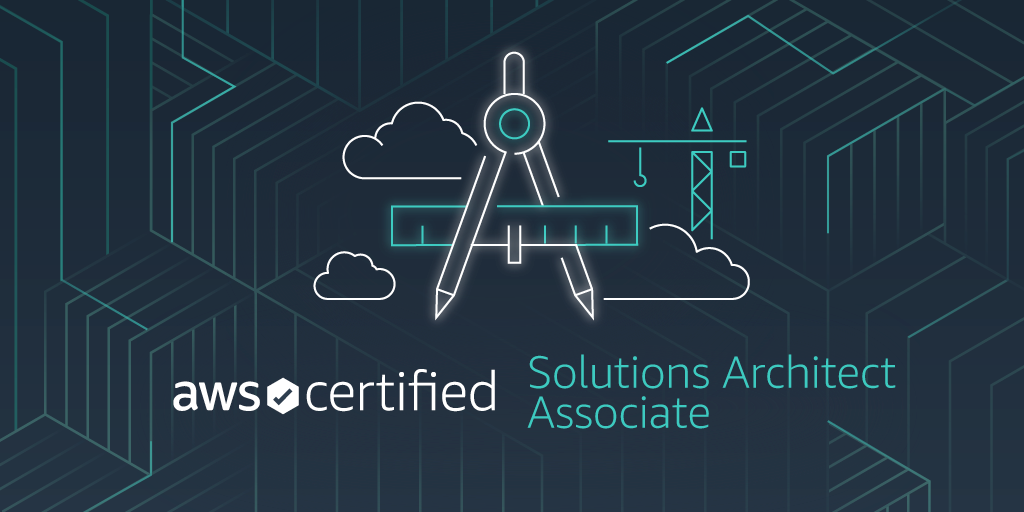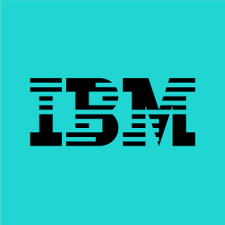Description
Introduction of Cloud-Native Development:
Cloud-native applications are designed to leverage the full potential of cloud computing environments, focusing on scalability, resilience, and agility. This course provides a comprehensive guide to developing cloud-native applications, covering best practices, architectural patterns, and tools necessary for building, deploying, and managing applications in the cloud. Participants will learn how to design applications that are optimized for cloud environments, utilize cloud services effectively, and integrate with modern DevOps practices. The course is aimed at software developers, cloud architects, and IT professionals who want to master cloud-native development and implement robust, scalable, and efficient applications in the cloud.
Prerequisites:
- Basic Knowledge of Cloud Computing: Understanding of cloud computing concepts, including service models (IaaS, PaaS, SaaS) and cloud infrastructure.
- Experience in Software Development: Familiarity with software development principles and programming languages such as Java, Python, Node.js, or .NET.
- Understanding of DevOps Practices: Basic knowledge of DevOps practices and CI/CD pipelines is advantageous.
- Familiarity with Containerization: Understanding of container technologies like Docker is beneficial.
Table of Content:
- Introduction to Cloud-Native Development
- Overview of Cloud-Native Applications
- Benefits of Cloud-Native Architectures
- Key Characteristics of Cloud-Native Applications
- Comparison with Traditional Application Architectures
- Architectural Patterns for Cloud-Native Applications
- Microservices Architecture
- Serverless Architecture
- Containerized Applications
- Service Meshes and API Gateways
- Event-Driven Architectures
- Case Studies: Real-World Examples of Cloud-Native Architectures
- Building Cloud-Native Applications
- Designing for Scalability and Resilience
- Implementing Microservices with REST and gRPC
- Developing Serverless Functions (AWS Lambda, Azure Functions, Google Cloud Functions)
- Utilizing Containers and Orchestration (Docker, Kubernetes)
- Case Studies: Building Cloud-Native Applications Using Modern Tools
- Cloud-Native Application Development Tools and Frameworks
- Overview of Cloud-Native Development Frameworks (Spring Boot, Micronaut, Quarkus)
- Using Cloud Services and APIs (AWS, Azure, Google Cloud)
- Development and Testing Tools for Cloud-Native Apps
- Integrating Cloud Services for Data Storage, Messaging, and More
- Case Studies: Leveraging Frameworks and Tools for Cloud-Native Development
- DevOps and CI/CD for Cloud-Native Applications
- Introduction to DevOps Practices for Cloud-Native Development
- Setting Up CI/CD Pipelines for Cloud-Native Apps
- Continuous Integration and Deployment with Cloud Services
- Automated Testing and Quality Assurance
- Case Studies: Implementing DevOps and CI/CD in Cloud-Native Projects
- Managing Cloud-Native Applications
- Monitoring and Observability in Cloud-Native Environments
- Logging and Tracing Techniques
- Performance Tuning and Optimization
- Handling Failures and Recovery
- Case Studies: Managing and Optimizing Cloud-Native Applications
- Security for Cloud-Native Applications
- Securing Microservices and Serverless Functions
- Implementing Authentication and Authorization
- Best Practices for Data Security and Encryption
- Managing Secrets and Configuration
- Case Studies: Security Challenges and Solutions in Cloud-Native Apps
- Scaling and Optimizing Cloud-Native Applications
- Strategies for Horizontal and Vertical Scaling
- Optimizing Performance and Resource Utilization
- Leveraging Cloud Services for Autoscaling and Load Balancing
- Cost Management and Optimization
- Case Studies: Scaling and Optimizing Cloud-Native Applications
- Future Trends and Innovations in Cloud-Native Development
- Emerging Technologies and Trends in Cloud-Native Development
- Innovations in Containerization and Orchestration
- The Role of AI and Machine Learning in Cloud-Native Apps
- Preparing for Future Developments in Cloud-Native Technologies
- Case Studies: Innovations and Future Trends in Cloud-Native Development
- Hands-On Labs and Exercises
- Building a Cloud-Native Microservices Application
- Developing and Deploying Serverless Functions
- Containerizing Applications and Managing with Kubernetes
- Setting Up CI/CD Pipelines for Cloud-Native Applications
- Conclusion and Next Steps
- Recap of Key Concepts and Best Practices
- Exploring Certification Paths for Cloud-Native Developers
- Resources for Continued Learning and Professional Development
Conclusion:
This Cloud-Native Applications Development certification equips professionals with the essential skills to develop cloud-native applications that leverage the full potential of cloud technologies. By mastering these competencies, candidates can effectively contribute to their organizations’ digital transformation and innovation initiatives.
If you are looking customized info, Please contact us here






Reviews
There are no reviews yet.